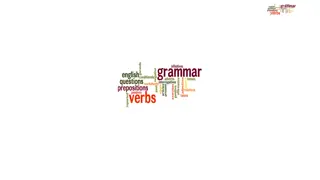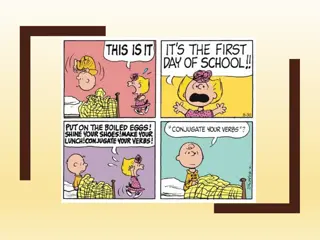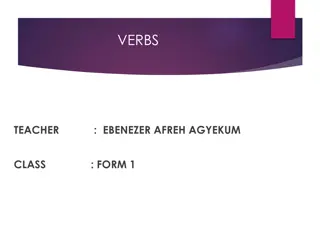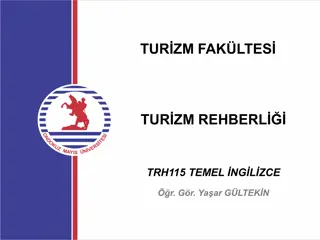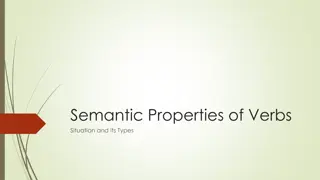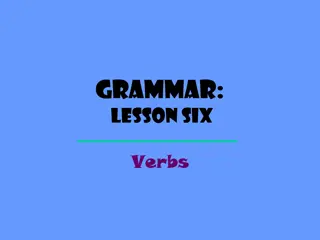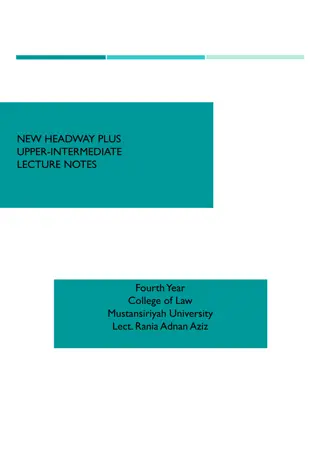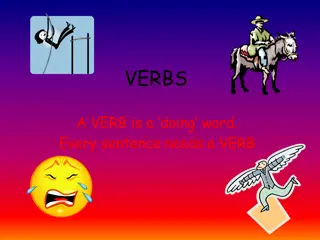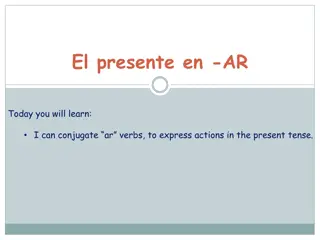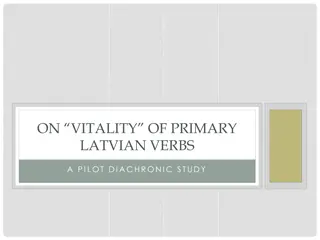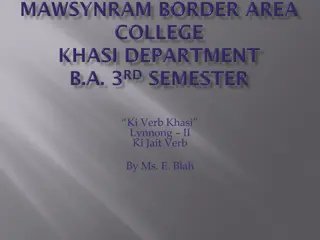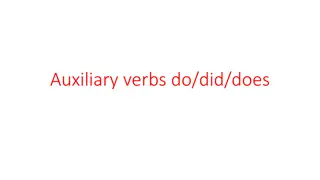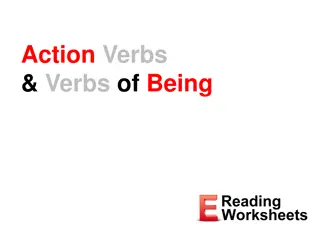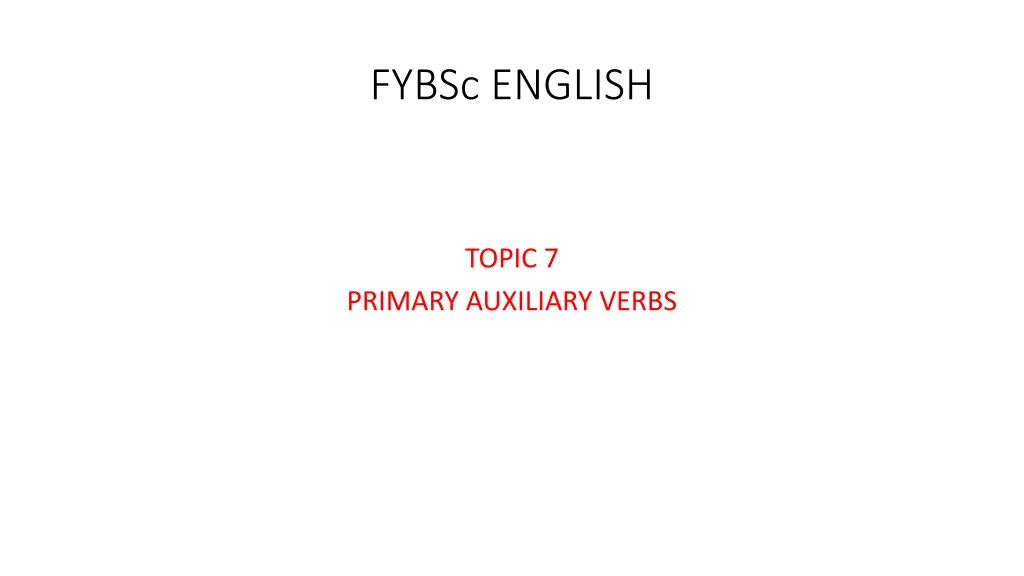
Understanding Primary Auxiliary Verbs in English
Learn about primary auxiliary verbs in English, including their functions, common examples like have, do, and be, and how they add meaning to different sentence structures. Explore the various ways auxiliary verbs help convey tense, voice, and emphasis.
Download Presentation

Please find below an Image/Link to download the presentation.
The content on the website is provided AS IS for your information and personal use only. It may not be sold, licensed, or shared on other websites without obtaining consent from the author. If you encounter any issues during the download, it is possible that the publisher has removed the file from their server.
You are allowed to download the files provided on this website for personal or commercial use, subject to the condition that they are used lawfully. All files are the property of their respective owners.
The content on the website is provided AS IS for your information and personal use only. It may not be sold, licensed, or shared on other websites without obtaining consent from the author.
E N D
Presentation Transcript
FYBSc ENGLISH TOPIC 7 PRIMARY AUXILIARY VERBS
What Primary Auxiliary verbs? Auxiliary (or Helping) verbs are used together with a main verb to show : the verb s tense or to form a negative or question. The most common auxiliary verbs are have, be, and do. Eg: 1.Does Ram write all his own reports? 2.The secretaries haven t written all the letters yet. 3.Terry is writing an e-mail to a client at the moment
Auxiliary verbs, also known as helping verbs, add functional or grammatical meaning to the clauses in which they appear. They perform their functions in several different ways: By expressing tense ( providing a time reference, i.e. past, present, or future) Voice (describes the relationship between the action expressed by the verb and the participants identified by the verb s subject, object, etc.) Adds emphasis to a sentence
The three common auxiliary verbs are: Have Do Be
Have Have is a very important verb that can stand alone in all its tenses, including has, have, having, had, and hadn t or had not. It is usually used to denote ownership, and it can also be used to discuss ability or describe appearance. Have is also used to mean eat and drink. For example: Let s have dinner. When used as an auxiliary verb, have is always teamed up with another verb to create a complete verb phrase, making it easy to differentiate between uses. You can see the difference in the sentences below: Jerry has a large coffee stain on his shirt. Has = action verb Jerry has bought a new shirt to replace the one that was ruined earlier. Has = auxiliary verb; bought is a past participle that competes the verb phrase. Jerry should have been more careful! Have = auxiliary verb; phrase should have been expresses time and evaluates Jerry s actions.


